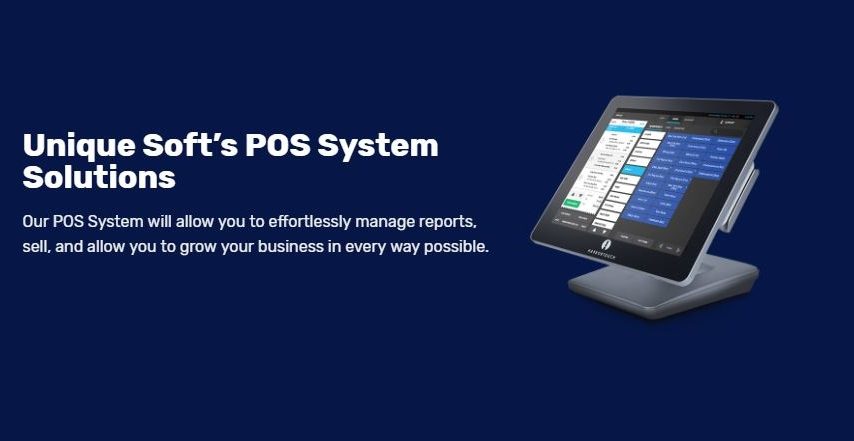Whenever you go shopping it is obvious that you purchase items but have you ever thought how the amount and quantity of the items you have bought are estimated? Yes, you must have always noticed that a person is standing at the counter with a computer like a machine. He swaps the items on the scanner and automatically everything is registered and at the end, the total amount and quantity are displayed.
It is called a POS scales system that almost all businesses are using. But have you ever thought of how web-based POS system works, when it began and what features and modules comprised off it? It is important to understand the proper functioning if you are planning to introduce the system into your business.
Interpretation of Web-Based POS System:
POS also was known as Point of Sale or POP Point of purchase order management software that indicates the actual place and time of the purchased products. The salesman estimates the money the client has to pay for the items then given the customer an invoice and finally receives the payment. A business can use different devices to measure like cash registers, weighing scales and barcode scanners.
Background of the New System:
Long before this new web-based system was introduced, there was the older version of it. A simple cash register was present at the counter of every store. In the beginning, there was no technique of recording the deals and transactions don between two or more individuals. So James J. Ritty designed the first cash register which made it easy to record the sales.
In the Beginning:
The very first POS system was used by McDonald in 1973. It was the earliest version of the highly developed system that is today. IBM was the only company at that time to develop such a simple electronic cash register. But with the passage of time new systems were introduced.
Also Read: How to Setup and Use Amazon Echo Dot
Further Development:
In the early 1990s touch screen was introduced as an additional feature. As the technology advanced; more improved features merged into the system. Many of the stores still have the 90s version which included; credit card devices, barcode scanners, electronic registers and using PC as a POS device.
The Latest Version:
Now, this system can be operated on every mobile device. It first started in 2014 and reached its height when cloud technology was introduced. All the information gathered from different sources is stored in the cloud account. Then if you want to have access to the data, you just need to connect to the account and have all the info.
Nowadays lots of industries and businesses are gaining full advantage of this innovative technology. There are many online solution companies around the world like Unique Soft that are making enhanced and upgraded versions of old technologies to improve their performance.
Also Visit: The best c store POS systems
Modules of Popular POS Systems:
Each business has its own requirements so the modules are different. Not all industries require the same features of the popular POS system but individual characteristics are needed to fulfil the organizational need of a company or business. A company can choose amongst the following modules or features that will appeal to their requirements;
Special Modules for Sales:
A company has the right to manufacture hundreds of products but it is not necessary that all of the items sell at the same speed and quantity. Some products are popular with the customers and others are just wastage of finances. So this module helps the company to keep a record of the sales that are made and to make strategies to boost the sale of those which have a lower sale rate.
Different Methods of Payments:
Not all people are able to pay cash for any kind of purchase because several reasons restrict them. So it important for businesses to have other options of payment including; credit and debit cards, online payment, paying through QR scan and also through cash.
Notifications and Alerts System:
This automated system will alert you of the items that will out-of-stack soon. There are other notifications of digital receipts have been sent and other important notices are sent and received.
Database for the Clients:
This module stores information that either the customer or the company has added into the account. The data is gathered regarding the purchases made by the client, personal information and the most bought item. This will help in better predicting the purchase behavior of the customer.
Inventory Specified Module:
It is an individual feature that focuses only on the inventory. It shows the number of items remaining in stock, how much an item is popular amongst the clients and also the facility of auto-ordering is there. Further, it helps a company to systematically manage the inventory of multiple outlets and branches.
Management Module:
The management module is for the company to organize all in house tasks and jobs. It includes managing the time and workload of the employees. This keeps a track on their work and enables the management to communicate with other departments.
Now whenever you will plan to a web-based POS system in your organization, you will have the above-mentioned modules to choose from and will improve the productivity of the business.








